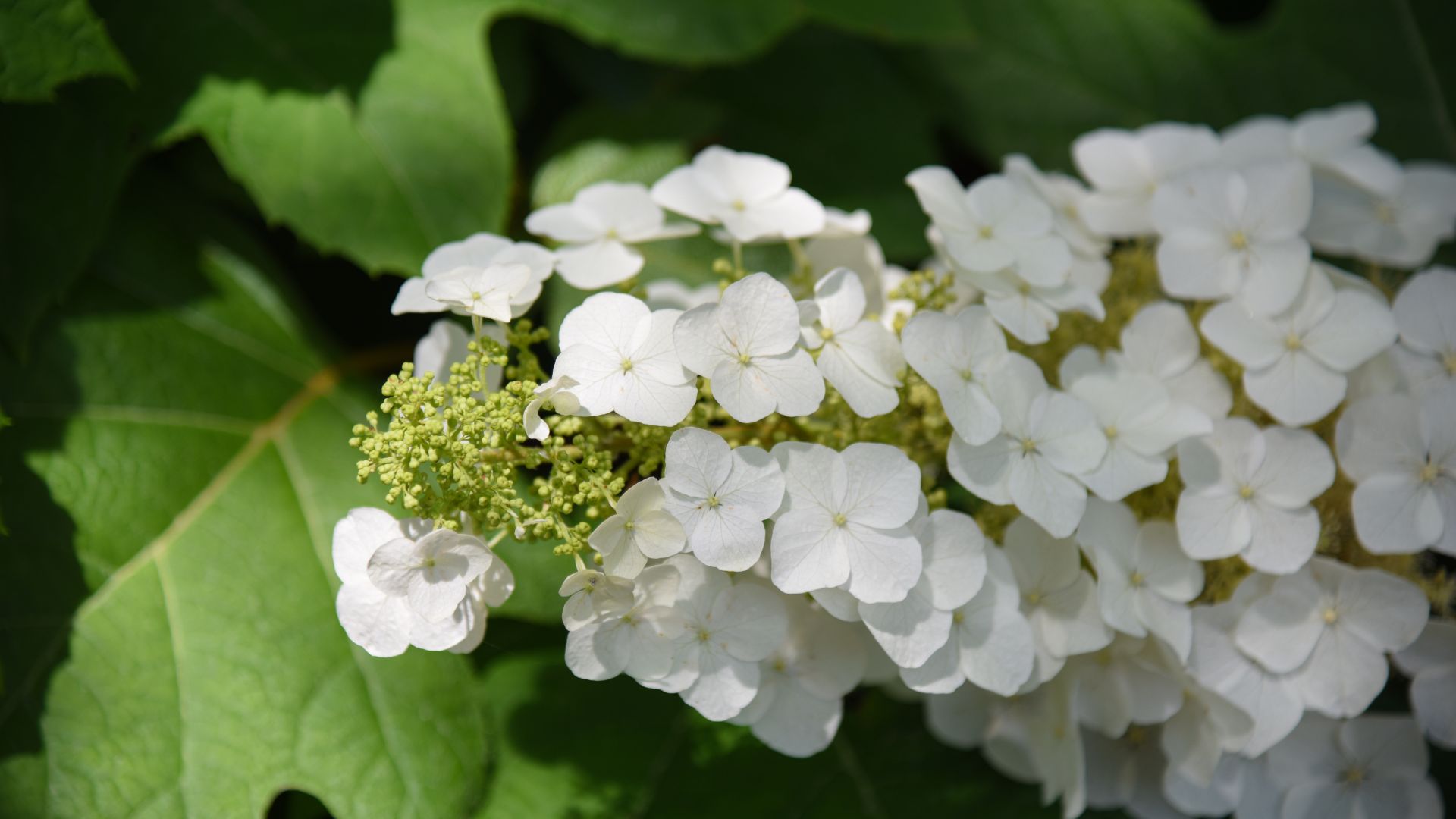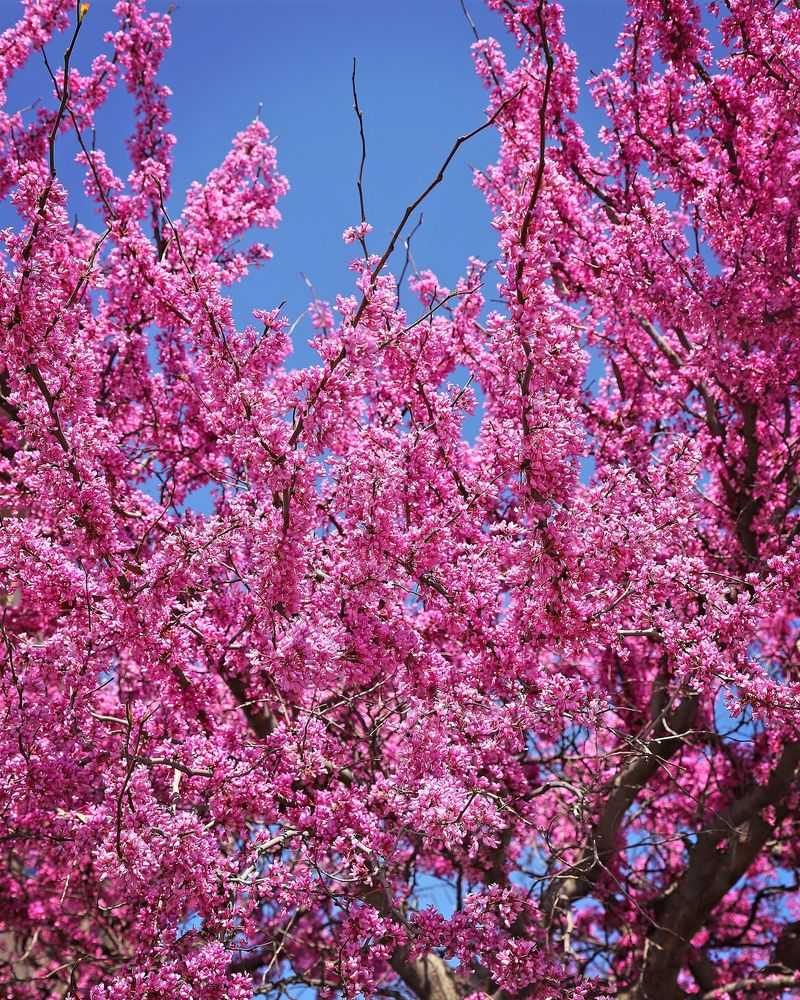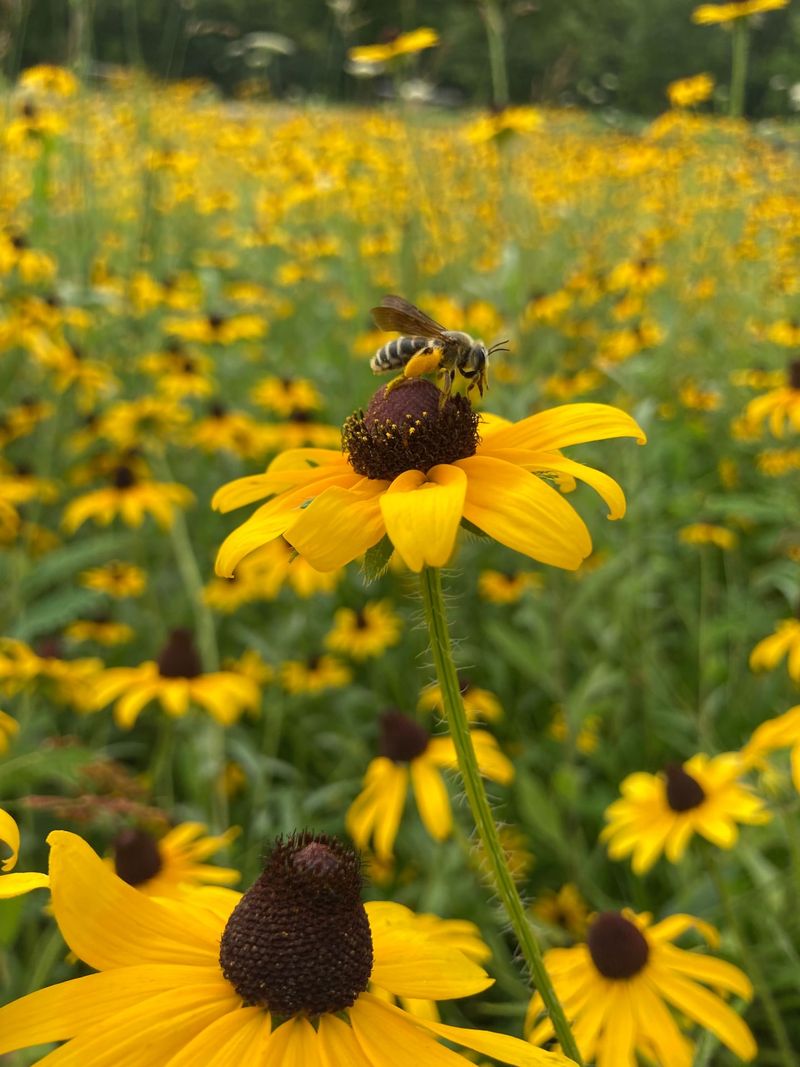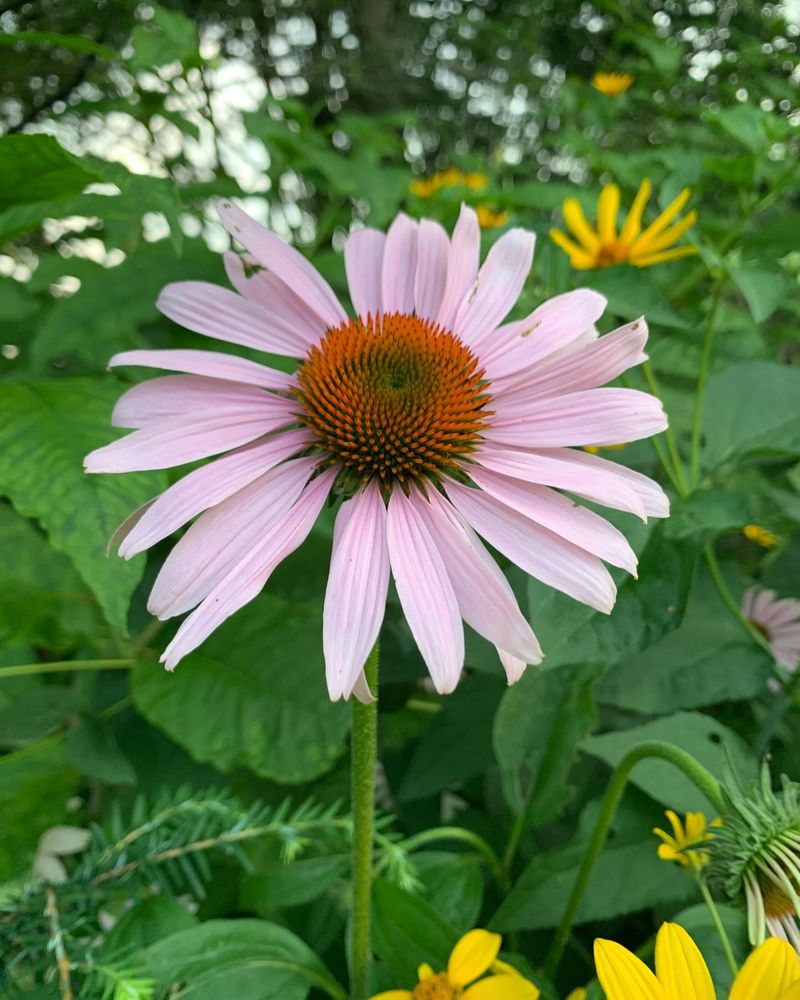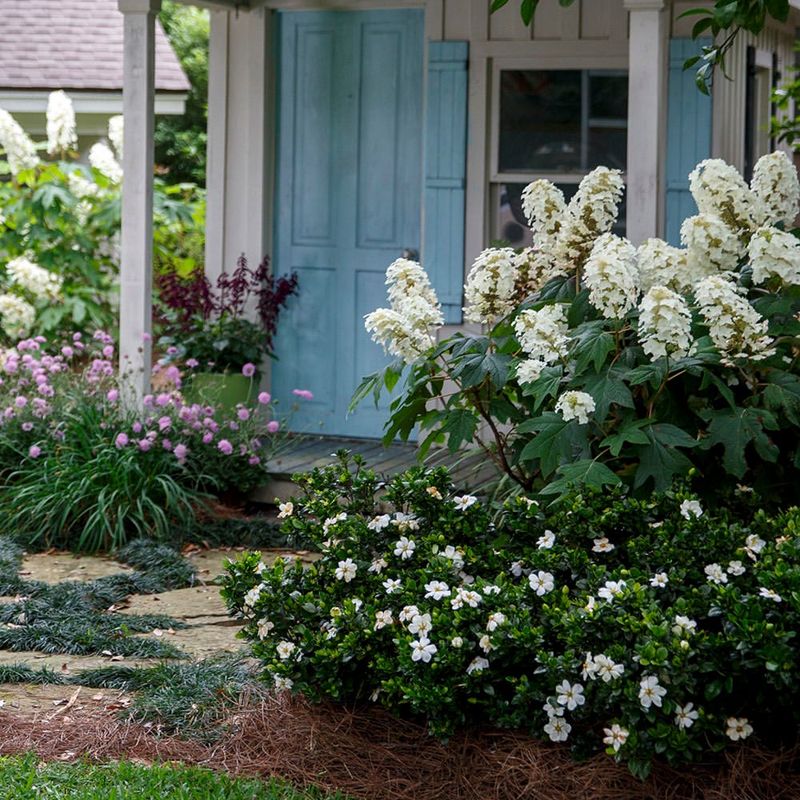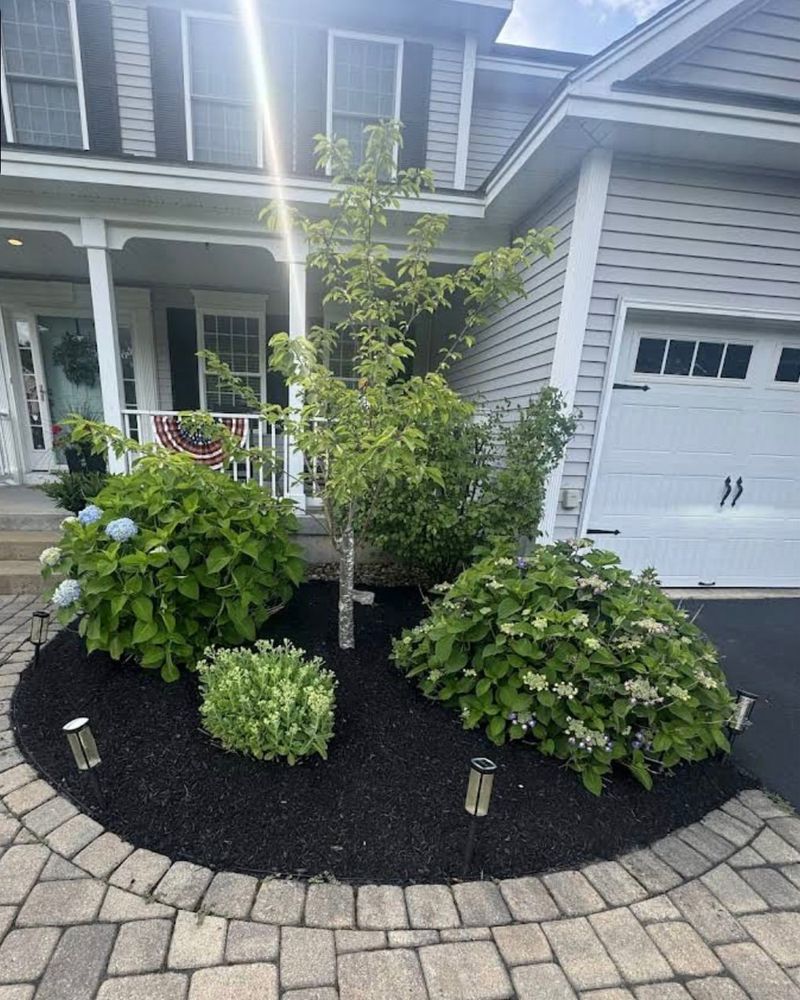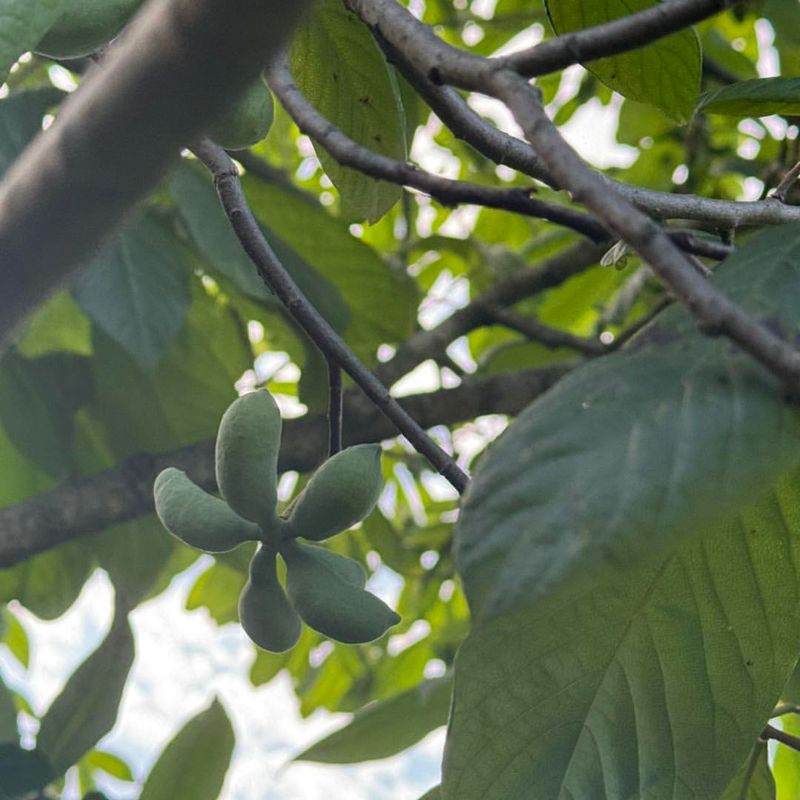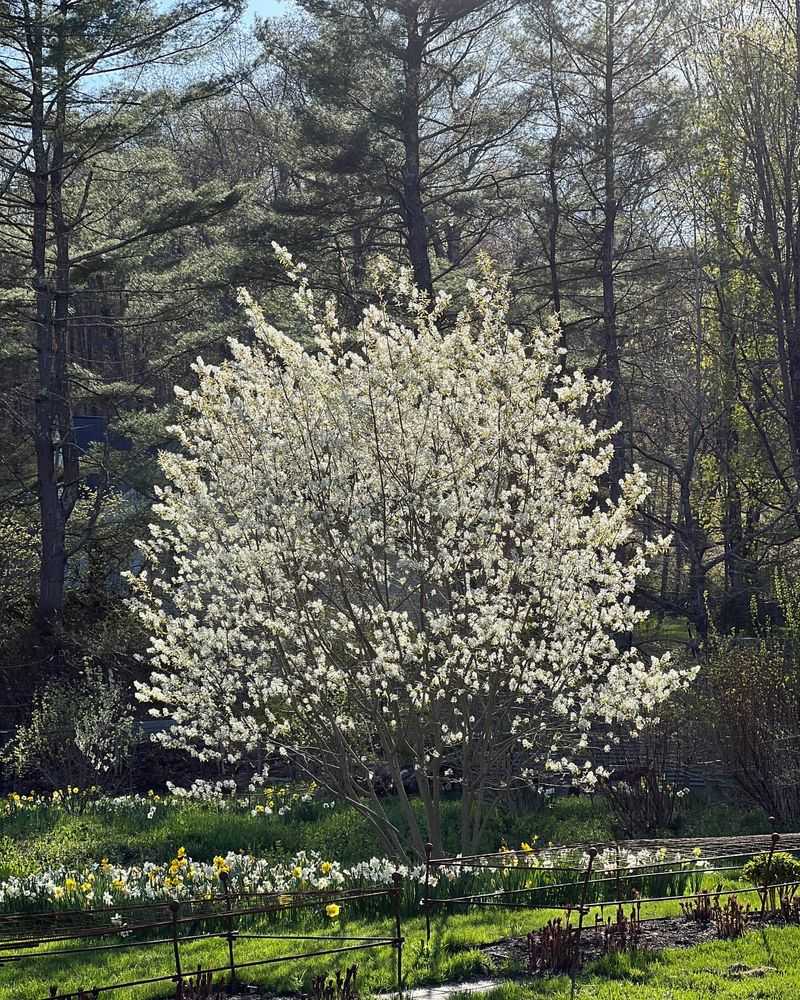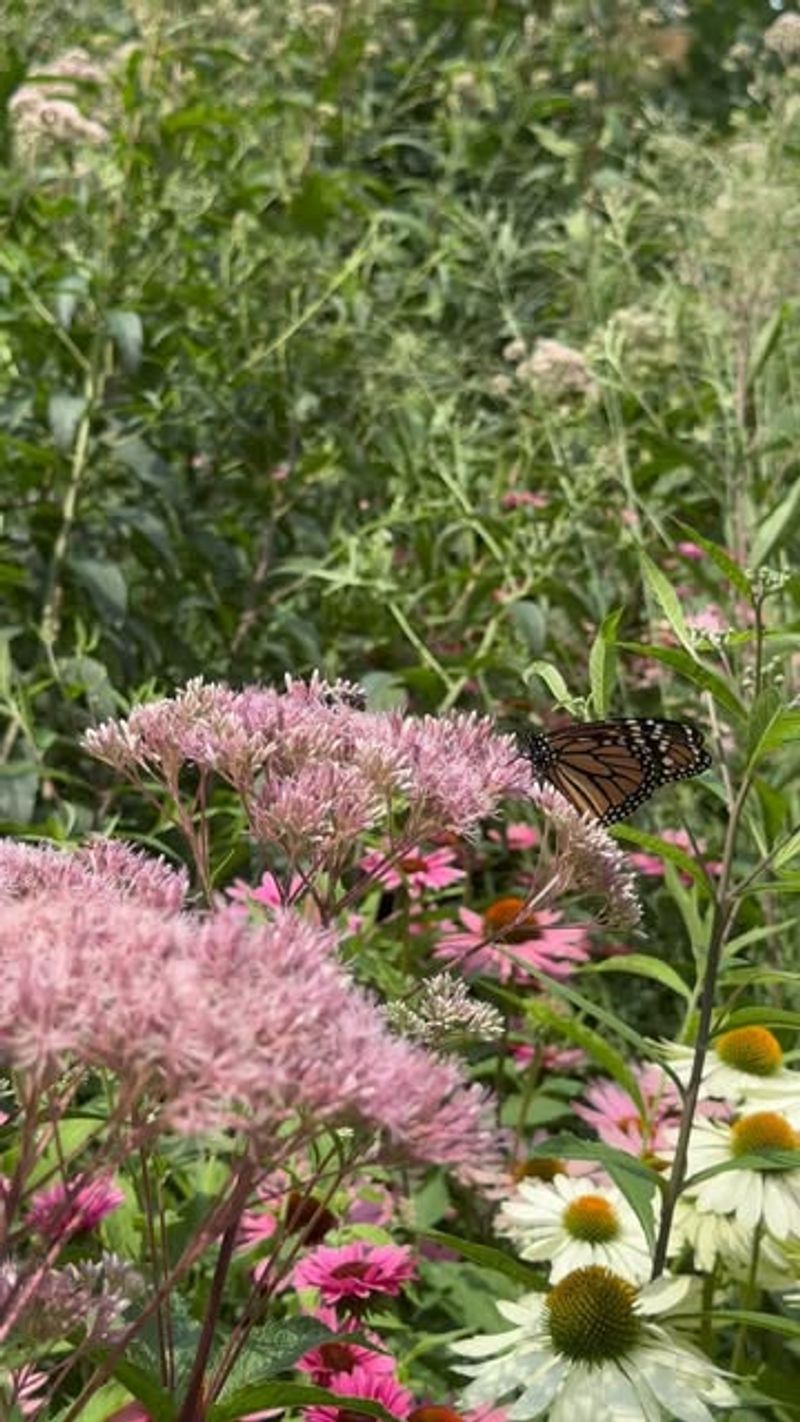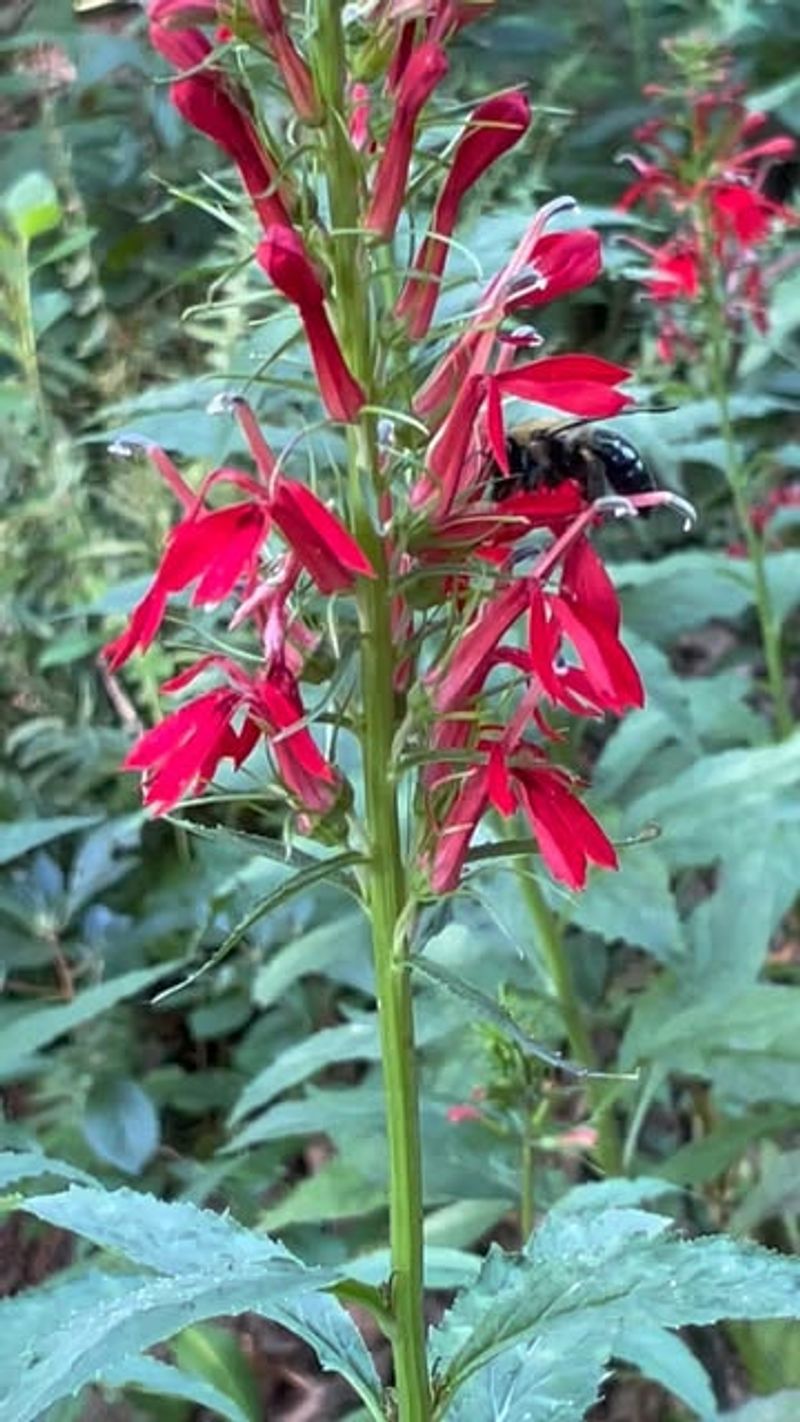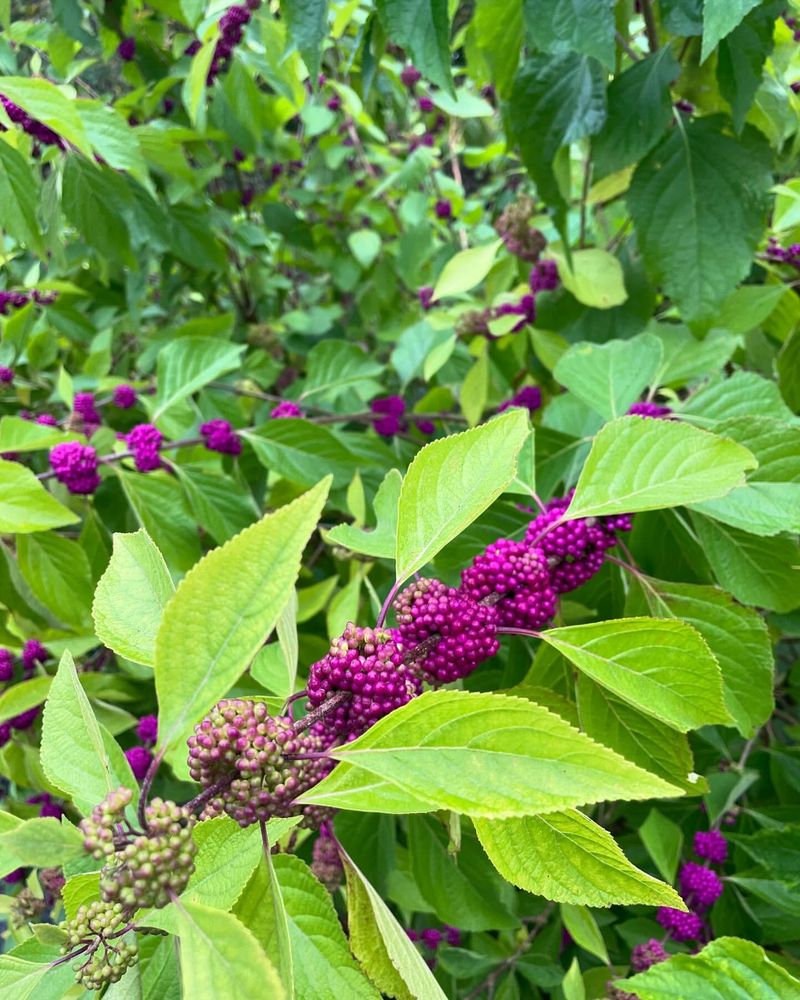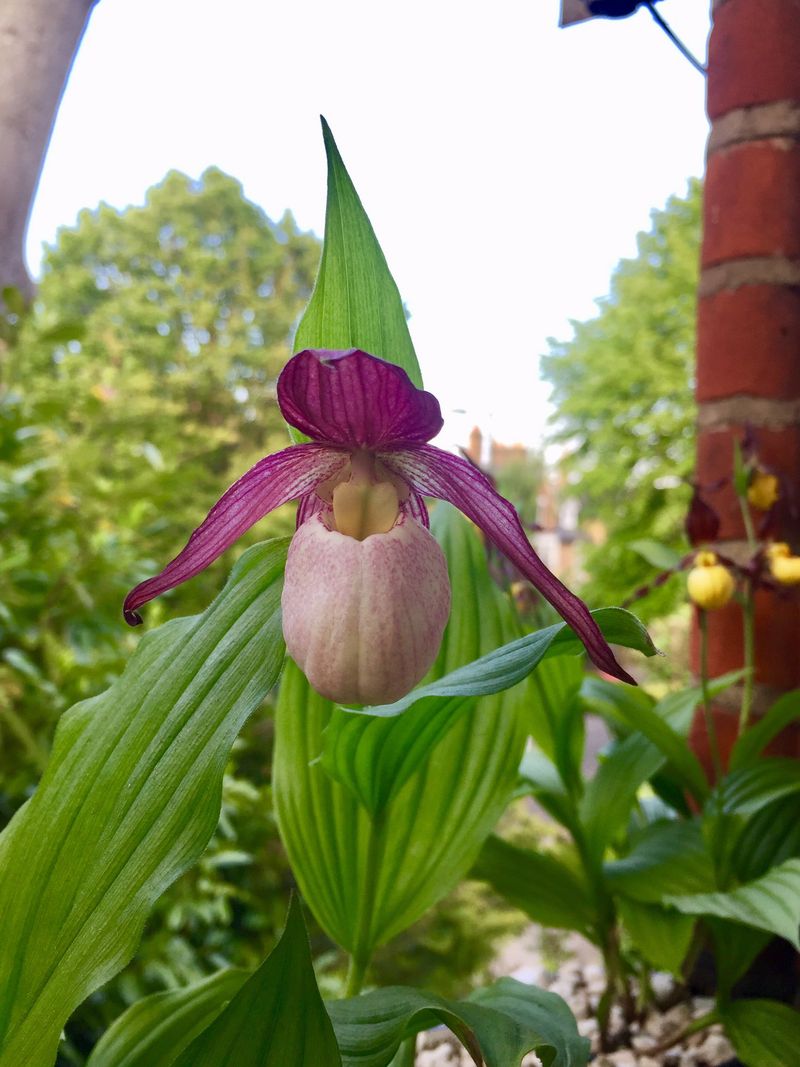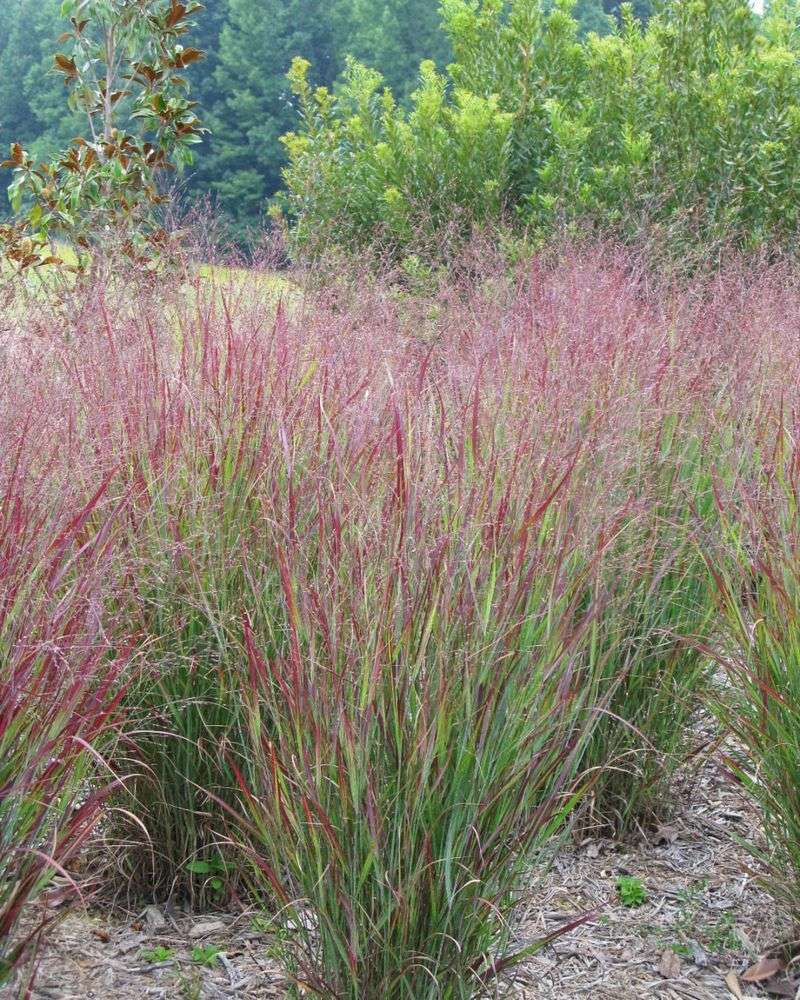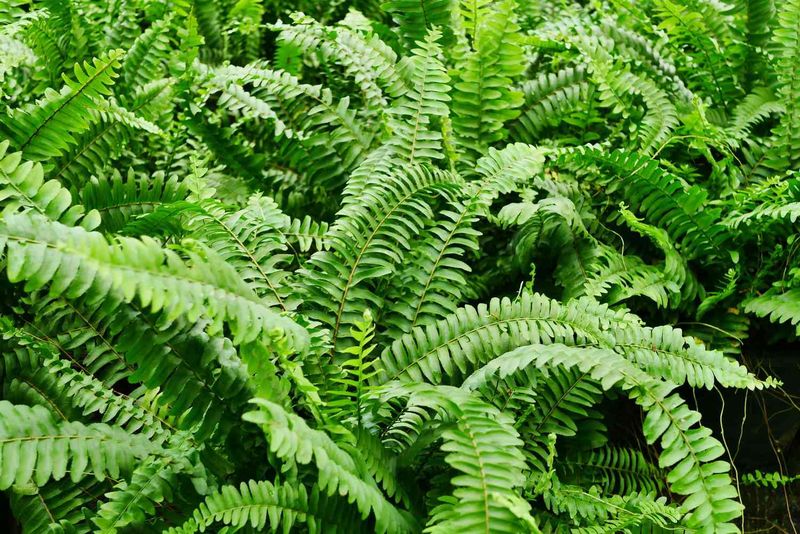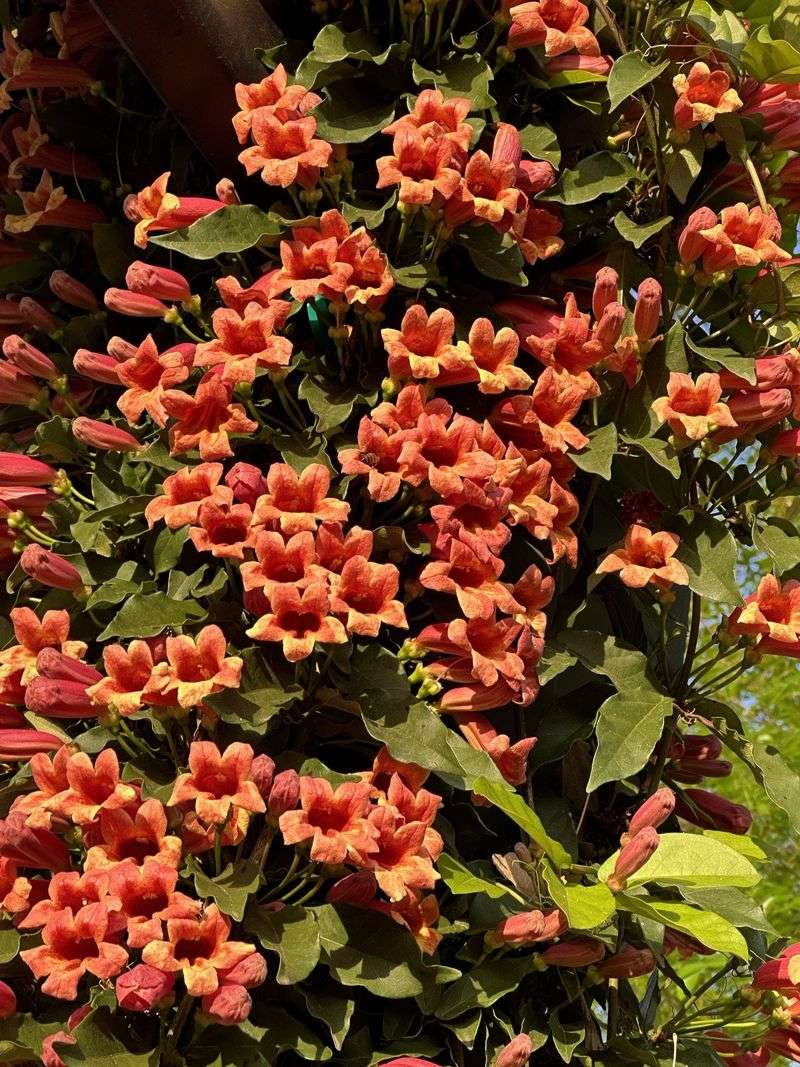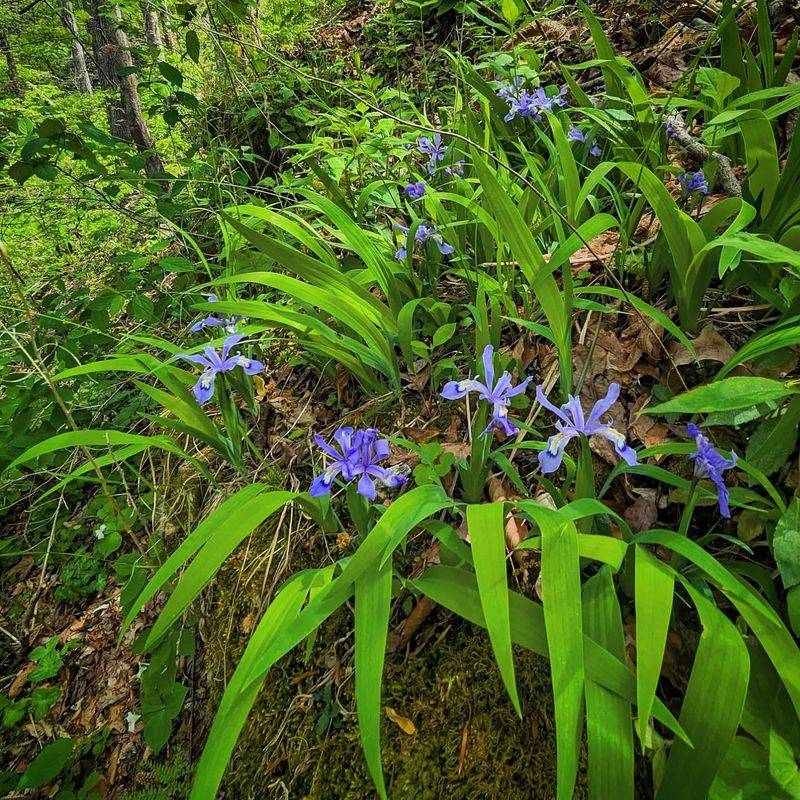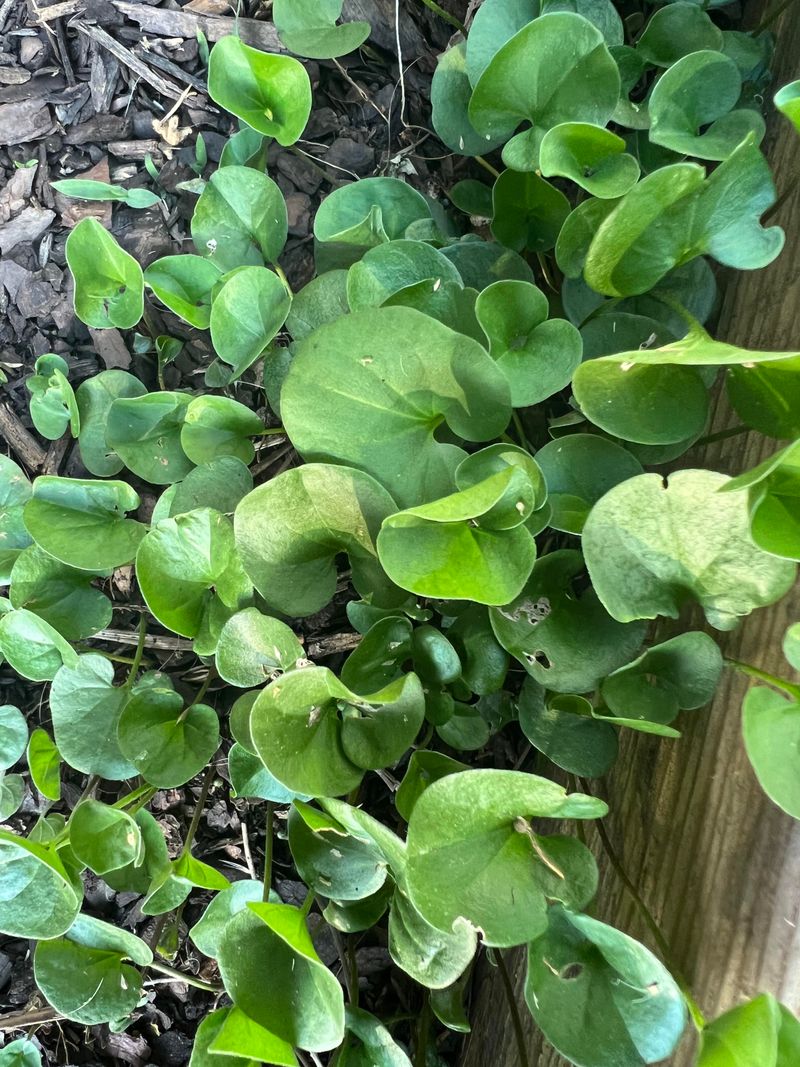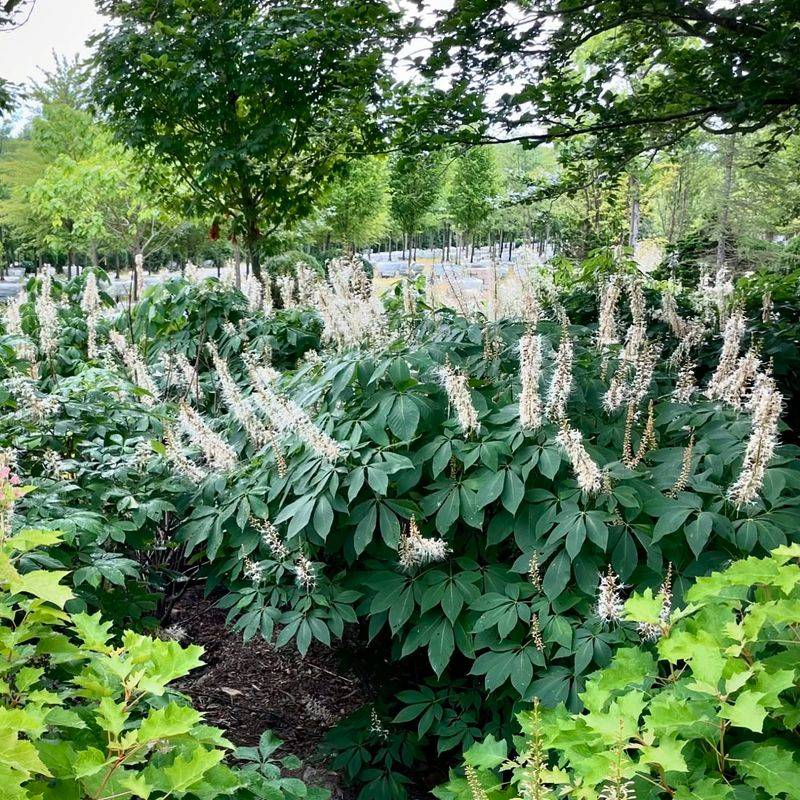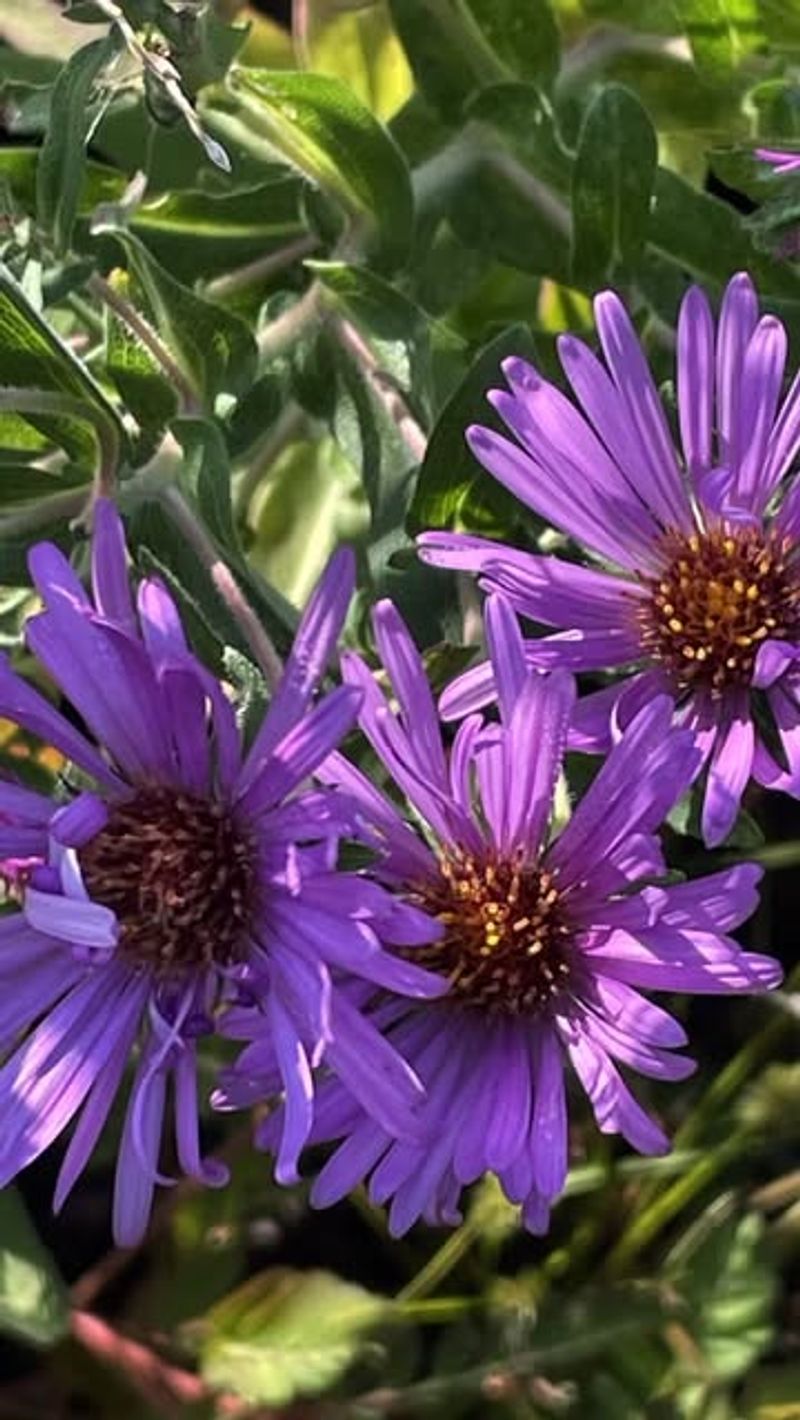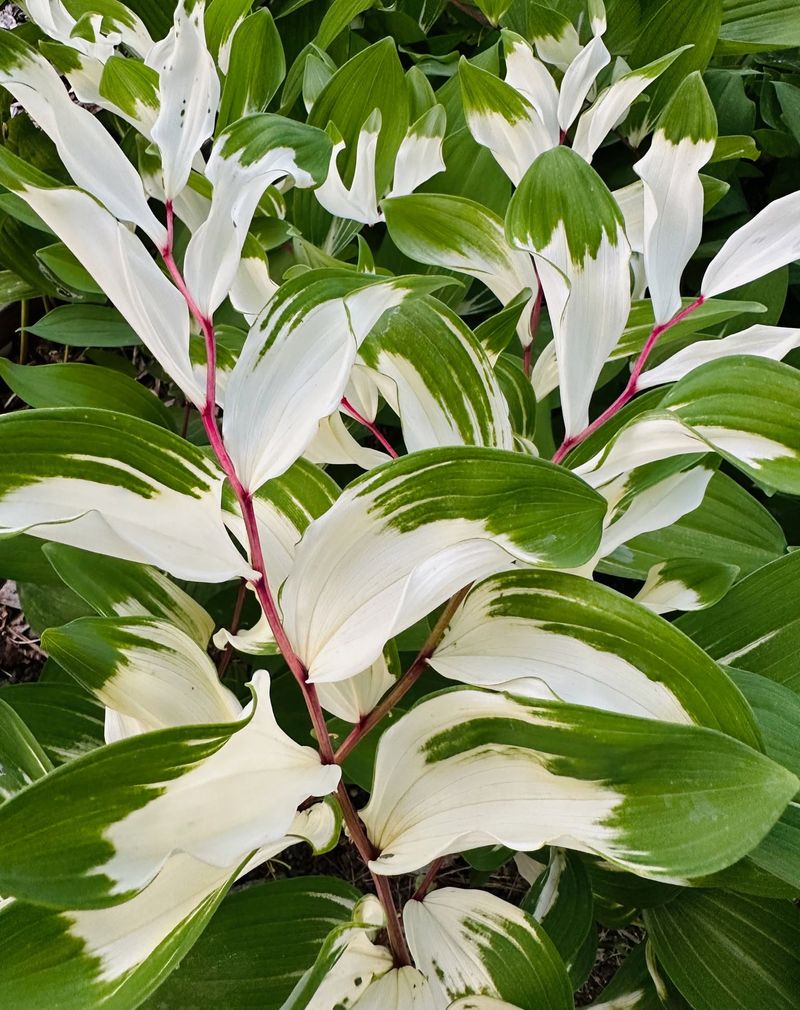Kentucky gardens have their own quiet magic—mild winters, hot summers, and soil that’s full of surprises. If you choose the right plants, your yard can bloom into something truly unforgettable. A little planning goes a long way in creating a space that shines year after year.
From vibrant perennials to low-maintenance shrubs, some plants are simply made for Kentucky’s rhythm. They handle heat, survive frosts, and keep the garden interesting no matter the season. These are the kind that turn heads and keep neighbors asking what your secret is.
Whether you’re after color, texture, or curb appeal, these picks promise lasting beauty—and a landscape that grows better with time.
1. Eastern Redbud
Nothing announces spring in Kentucky quite like the pink-purple blooms covering bare branches before the heart-shaped leaves appear. The state’s native tree performs beautifully in partial shade to full sun.
My grandmother’s farm had three along the fence line, creating a stunning backdrop every April. They’re relatively small trees, perfect for urban yards where space comes at a premium.
Fall brings golden-yellow foliage, giving you multiple seasons of interest with minimal maintenance required.
2. Black-Eyed Susan
Tough as nails and cheerful as can be, these native wildflowers bring months of golden blooms to Kentucky gardens. The bright yellow petals surrounding dark centers create eye-catching contrast from June through September.
I’ve planted them throughout my backyard border where they return reliably each year, spreading gradually to fill empty spaces. They handle our summer heat without complaint and rarely need watering once established.
Butterflies and bees flock to them, adding another dimension of garden enjoyment.
3. Purple Coneflower
Hardy and drought-resistant, purple coneflowers bring weeks of color to Kentucky gardens while attracting scores of butterflies. The distinctive downward-pointing petals surrounding a raised center create architectural interest even after the blooms fade.
After trying them in several spots around my yard, they’ve performed best in full sun with average soil. The seed heads provide winter interest and food for goldfinches if left standing.
Many gardeners don’t realize these native perennials can live for decades with minimal care.
4. Oakleaf Hydrangea
Few shrubs offer the four-season interest of oakleaf hydrangeas in Kentucky gardens. Large, cone-shaped white flower clusters emerge in early summer, gradually shifting to pink and then rusty brown as fall approaches.
The deeply lobed leaves resemble oak trees (hence the name) and turn magnificent shades of burgundy and purple in autumn. Even winter brings interest with the peeling cinnamon-colored bark on mature stems.
My specimen near the patio has thrived for years in dappled shade, needing water only during extreme drought.
5. Kentucky Bluegrass
Our state’s namesake grass creates the lush, carpet-like lawns Kentucky is famous for. The blue-green color and fine texture make it perfect for high-visibility areas around homes and gardens.
Growing it successfully requires understanding its preference for cool seasons – it grows vigorously in spring and fall but may go dormant during hot Kentucky summers. My front lawn has remained the envy of neighbors since overseeding with a quality bluegrass blend.
Regular mowing at 3-4 inches high helps it develop deep roots for better drought tolerance.
6. Pawpaw Tree
Kentucky’s forgotten native fruit tree deserves a spot in more gardens across the state. The tropical-looking large leaves create an exotic feel, while the custard-like fruits taste like a blend of banana and mango.
Growing up near the Ohio River, we’d hunt for wild pawpaws each September. Now I have two trees in my backyard that cross-pollinate to produce reliable crops.
They prefer partial shade when young and need minimal pruning – just be patient as they can take 5-7 years to start fruiting.
7. Serviceberry
Early spring brings clouds of delicate white flowers to this understated native tree, followed by sweet blueberry-like fruits that attract birds. The smooth gray bark provides year-round interest, especially noticeable in winter.
My specimen planted near the kitchen window lets me enjoy watching cedar waxwings feast on the berries each June. Fall brings spectacular orange-red foliage that rivals any maple.
Growing in either sun or partial shade, serviceberries adapt to most Kentucky soil conditions without fuss – truly one of our most versatile native plants.
8. Joe-Pye Weed
Reaching impressive heights of 5-7 feet, this native perennial creates a dramatic backdrop in Kentucky gardens. The mauve-pink flower clusters appear in late summer when many other plants have finished blooming.
Despite its unfortunate name (it’s not actually a weed), butterflies absolutely adore it. The hollow stems provide winter homes for beneficial insects if left standing until spring.
After adding it to my rain garden three years ago, it’s become the star attraction in August, requiring no supplemental water even during dry spells.
9. Cardinal Flower
The brilliant red spikes of cardinal flower bring a punch of color to shady, moist areas where few other plants thrive. Hummingbirds become regular visitors when these native perennials bloom from July through September.
Along the creek bank in my backyard, they’ve naturalized beautifully with minimal care. Their vertical growth habit takes up little ground space while adding height to woodland gardens.
Though technically short-lived perennials, they self-seed readily when happy, creating sustainable colonies that return year after year.
10. American Beautyberry
The spectacular clusters of purple berries that encircle the stems make this native shrub a fall garden standout. Relatively unassuming through spring and summer, it transforms into a showstopper from September through November.
Birds adore the berries but typically leave them until late fall when other food sources dwindle. My specimen grows in dappled shade beneath a maple tree, requiring no special care beyond occasional pruning.
Even better, deer typically avoid beautyberry – a significant advantage for Kentucky gardens where deer pressure is high.
11. Kentucky Lady’s Slipper
Few wildflowers capture attention like our native orchid with its distinctive pouch-shaped bloom. Found naturally in Kentucky’s woodlands, these rare gems can be ethically sourced from specialized native plant nurseries.
My woodland garden features three plants that took years to establish but now reliably appear each spring. They prefer dappled shade and rich, acidic soil with plenty of leaf litter.
Patience is essential – they grow slowly but reward gardeners with unique flowers that can’t be matched by common nursery offerings.
12. Switchgrass
Airy seed heads dancing above blue-green foliage bring movement and sound to Kentucky gardens throughout summer and fall. This native prairie grass stands strong through winter, providing structure when most perennials have disappeared.
The ‘Shenandoah’ variety in my front border develops gorgeous red-purple tips by late summer. Unlike many ornamental grasses, switchgrass won’t flop or spread aggressively, maintaining its upright vase shape for years.
Kentucky’s clay soils don’t faze it one bit – it adapts to nearly any conditions except deep shade.
13. Christmas Fern
Evergreen fronds bring year-round structure to Kentucky woodland gardens, performing beautifully in spots where few other plants thrive. The leathery, dark green leaves resist deer browsing and maintain their good looks through winter snow.
A colony beneath my oak trees has expanded gradually over the years, requiring zero maintenance beyond clearing fallen branches. Their name comes from their traditional use in holiday decorations – the fronds stay fresh for weeks when cut.
For shady slopes, they’re invaluable for preventing erosion while creating elegant ground cover.
14. Crossvine
Trumpet-shaped orange-red flowers cover this vigorous native vine each spring, creating a spectacular show that hummingbirds can’t resist. Unlike many vines, crossvine maintains semi-evergreen foliage through Kentucky’s mild winters.
The ‘Tangerine Beauty’ variety growing on my garden arch has bloomed reliably for eight years with zero fertilizer or special treatment. Its self-clinging tendrils eliminate the need for tying or training.
Fall brings a burgundy tint to the leaves, adding another season of interest to this low-maintenance climber.
15. Dwarf Crested Iris
Delicate lavender-blue flowers emerge just 4-6 inches tall in early spring, perfect for Kentucky garden borders and woodland edges. The fan-shaped foliage forms attractive clumps that spread slowly over time.
My collection started with just three plants from a friend’s garden division. Ten years later, they’ve created a stunning ground cover beneath deciduous trees. They bloom before the tree canopy leafs out, maximizing early spring sunlight.
Unlike bearded iris, these natives never need dividing and shrug off our unpredictable spring weather.
16. Wild Ginger
Heart-shaped, glossy leaves create an elegant groundcover for shady Kentucky gardens where grass struggles to grow. The unusual maroon flowers appear at ground level in spring, hidden beneath the foliage.
After discovering wild ginger on a hike through Bernheim Forest, I added it to the problematic dry shade beneath my maple trees. It’s slowly formed a weed-suppressing carpet that stays attractive from spring through fall.
Despite its name, it’s unrelated to culinary ginger but has a similar spicy scent when the leaves are crushed.
17. Bottlebrush Buckeye
Dramatic white flower spikes resembling bottlebrushes rise above mounded shrubs in early summer, creating a focal point in Kentucky gardens. The compound leaves turn brilliant yellow in fall, extending the season of interest.
My specimen took three years to establish but now puts on a spectacular show each June. It’s proven ideal for the woodland edge where it receives morning sun and afternoon shade.
Growing to 8-12 feet wide but only 6-8 feet tall, it fits perfectly beneath power lines where taller trees would be problematic.
18. New England Aster
Masses of purple-pink daisy-like flowers blanket these sturdy perennials from late August through October when many garden plants have finished blooming. Bees and butterflies swarm the flowers, making them valuable for pollinators preparing for winter.
The ‘Purple Dome’ variety in my butterfly garden stays compact at just 18 inches tall, avoiding the floppiness common in wild types. They pair beautifully with ornamental grasses and goldenrod for a classic fall display.
Cutting them back by half in early July creates bushier plants with more flowers.
19. Solomon’s Seal
Arching stems hung with dangling white bell flowers bring graceful movement to Kentucky shade gardens in spring. The elegant form resembles a series of fountains when planted in drifts.
For years I overlooked this native woodland plant until seeing it in a friend’s garden. Now it’s a cornerstone of my shade plantings, requiring zero maintenance once established.
Golden fall color and blue-black berries extend the seasonal interest, while the variegated varieties brighten dark corners with cream-edged leaves that seem to glow in low light.

